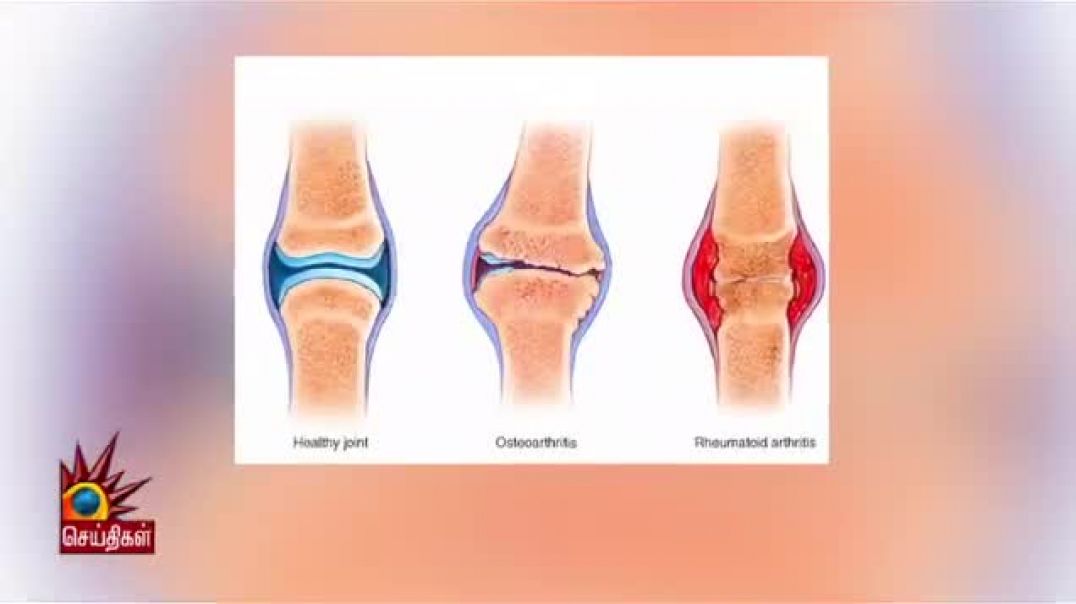Endoscopic Sinus Surgery for Pain, Drainage, Infections, and Impaired breathing
To download this animation and many more, employees of hospitals, universities and libraries can sign up for a FREE trial to the Nucleus Medical Art Library: http://nmal.nucleusmedicalmedi....a.com/free-trial-mem
#ParanasalSinuses #SinusSurgery #sinusitis
MEDICAL ANIMATION TRANSCRIPT: Your paranasal sinuses are air-filled spaces in the bones around your nose. They are connected to the inside of your nose through small passageways. A thin layer of tissue, called nasal mucosa, lines the inside of your nose and your sinuses. This tissue makes a thick and slippery fluid, called mucus. Mucus keeps your nose from drying out, moistens the air you breath, and protects against germs, dust, and pollen. When your sinuses are healthy, mucus can drain freely out of your nose. Sometimes, your mucosa may become swollen and inflamed, causing your sinuses to be blocked. The blockage can trap mucus inside your sinuses. If this condition lasts more than three months, its called chronic sinusitis. If medication or other treatments arent helping, your healthcare provider may advise you to have surgery. Endoscopic sinus surgery is the most common procedure for chronic sinusitis. To start, the surgeon will insert a camera on the end of a thin tool, called an endoscope, into your nose. Images from the camera will be sent to a video screen so that your surgeon can see the inside of your nose. Then, your surgeon will look for and remove anything that blocks the opening to your sinuses. This will allow mucus to drain from your sinuses and improve airflow. After the procedure, you may have nasal bandages for a few days. Your healthcare provider will ask you to use a saline rinse to help you recover. Talk to your healthcare provider to find out more about endoscopic sinus surgery.
ANH20240























SORT BY-
I migliori commenti
-
Ultimi commenti